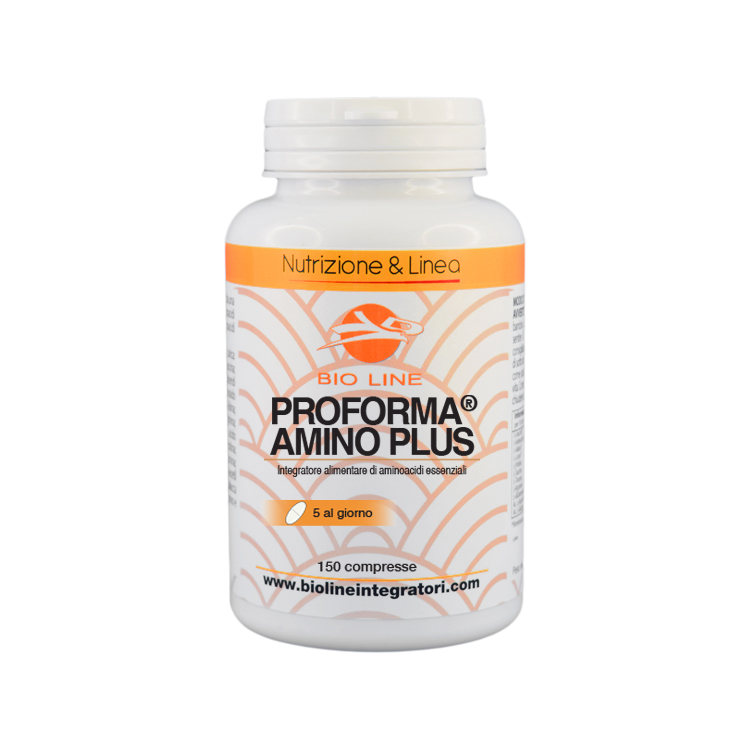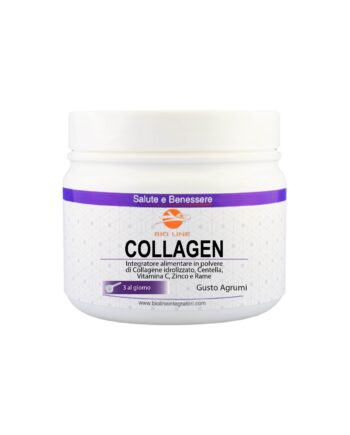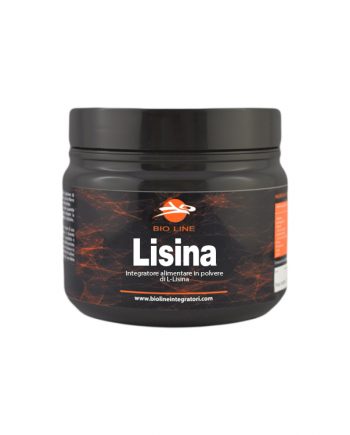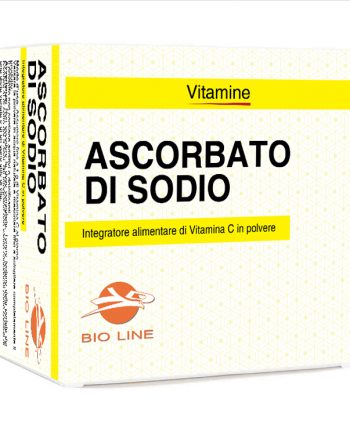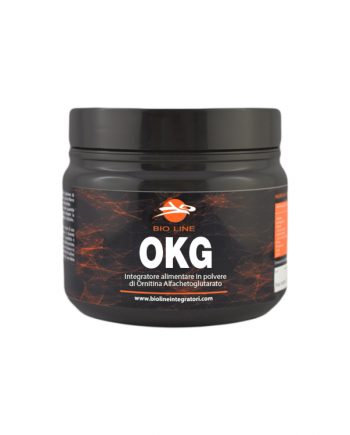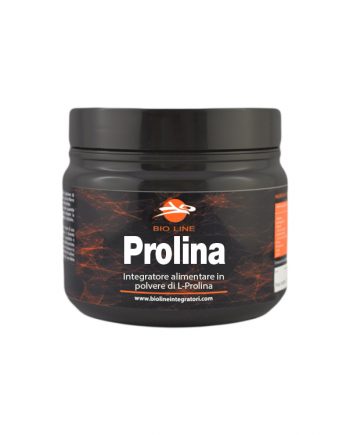Essential amino acids: they are the amino acids that the organism cannot produce autonomously but which must be obtained through food. Essential amino acids contribute to the satisfaction of protein / nitrogen requirements.
Properties of components
– Essential branched amino acids BCAAs (L-isoleucine, L-leucine, L-valine): are the three amino acids most present in the muscle structure. After taking the BCAAs reach the muscle maintaining their structure unchanged without being metabolized in the liver.
The intake of branched chain amino acids is indicated for muscle recovery after intense physical activity.
– L-phenylalanine: essential amino acid, it can be converted into tyrosine, the precursor of the neurotransmitters L-DOPA, epinephrine and norepinephrine.
– L-histidine: it is an essential amino acid precursor of the chemical mediator histamine.
– L-lysine: it is an essential amino acid and indispensable element, together with proline and vitamin C, for the production of collagen in the connective tissue of blood vessels and skin.
– L-methionine: it is an essential sulfur amino acid, essential for the production in the body of the amino acids cysteine, carnitine and taurine.
– L-threonine: it is an essential amino acid involved in the metabolism of creatine, vitamin B12 and the neurotransmitters adrenaline and choline.
– L-tryptophan: essential amino acid precursor of the neurotransmitter serotonin.
– Vitamin B6: contributes to normal energy metabolism, to the reduction of tiredness and fatigue, to the functioning of the nervous system and the immune system.

